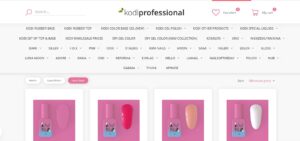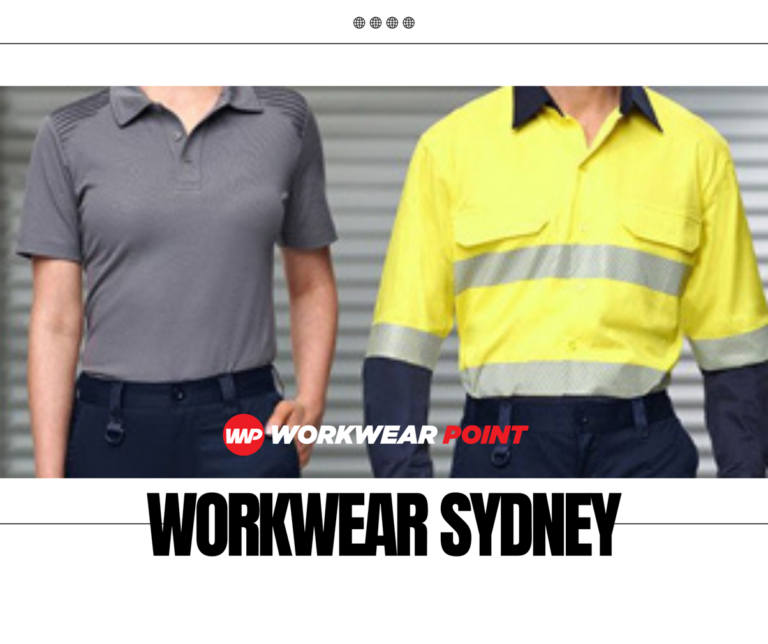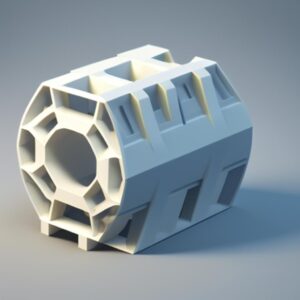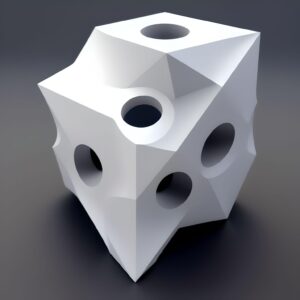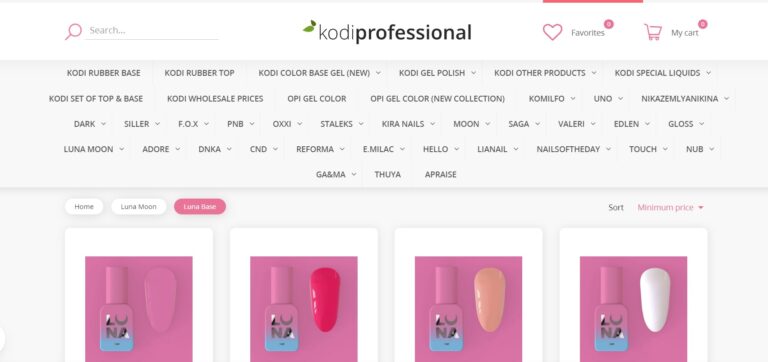For low volume or highly complex injection molded parts, finding a qualified supplier in China can be challenging. This guide covers key considerations when sourcing low volume and precise injection molding, from RFQ to production.
For manufacturing small batches or prototypes, low-volume injection molding allows flexibility and cost-efficiency. Achieving precision and accuracy in injection molded parts requires careful injection molding techniques to control tolerances.
Overview of Low Volume Injection Molding
Low volume molding refers to annual part quantities under 10,000 units. At these volumes, it can be uneconomical to produce molds and establish dedicated production. Key characteristics:
- Limited or prototype quantities
- Intermittent or low predictability orders
- Parts not suitable for high volume automation
- Frequent design iterations or customization
- Short lead times required
Suppliers must be flexible and proficient at changeovers between low volume jobs.
Precise Injection Molding Capabilities
Precision injection molding produces parts within very tight tolerances of +/- 0.005″ or less. Applications include:
- Medical and dental devices
- Electronics housings
- Automotive and aerospace components
- Optics, lenses, and lighting
Achieving precision requires advanced equipment, rigorous process controls, and specialty alloys.
Challenges of Sourcing in China
While China dominates high volume injection molding, low volume and precision molding requires working with qualified suppliers:
- Extra care must be taken with tooling design, machining, mold maintenance
- Process controls and SPC rigorous enforced to hold tight tolerances
- Higher costs than high volume molding – smaller batch sizes, changeovers
- Communication barriers – clarifying complex requirements
- Protecting IP when sending designs to China
Thoroughly vetting suppliers on their capabilities is crucial.
Criteria for a Low Volume Injection Molder in China
Look for the following when selecting low volume injection molding suppliers in China:
Experience with Similar Parts
- Proven expertise in precision molding or low volume work
- Case studies and customer references
- Experience with required resins and secondary operations
Tooling Design and Machining Capabilities
- In-house design engineering team
- Expertise optimizing molds for precision, finish, automation
- Ability to machine tight tolerance mold components – ±0.005″
Process Control and Measurement Equipment
- Documented process controls – SPC, DOE, ISO certification
- Quality lab – CMM, optical measurement, testing equipment
- Real time monitoring and alerts – cavity pressure sensors
Staff Training and Expertise
- Skilled mold setters and experienced process engineers
- Low employee turnover – retain knowledgeable staff
- Ongoing training in precision molding techniques
Management Culture
- Data-driven focus on quality and continuous improvement
- Willingness to communicate openly and frequently
- Comfortable with foreigners visiting plant for audits
Thoroughly vet suppliers using these criteria before selecting. Get references.
Optimizing Tooling Design
Mold design is especially critical for precision injection molding. Consider:
- Generous draft angles, radii – easier part release
- High strength steels – P20, 718, 2316, 2738) – maintain rigidity
- Strategic venting placements – avoid surface defects
- Fine polish – Ra 0.1um or less – reduces friction
- Hardened core/cavities – resist wear to hold tolerances
- Multiple cavities – maintain alignment precision
Perform mold flow analysis and optimize the design. Get reviews from experienced tool makers.
Part Design Recommendations
Along with precision tooling, the part design must facilitate strict tolerances:
- Uniform wall thickness – avoid sinks, warpage
- Minimal undercuts – reduces tool complexity
- Thicker ribs – prevent deformation under pressure
- Large fillets and generous radii – easier fill
- Pick simple geometries over complex shapes where possible
Consider DFM and early supplier feedback on the design. Simulate using molding CAE software.
Recommended Resins for Precision Molding
Standard resins like ABS, PP, PC can be used. But advanced polymers yield better precision:
- Liquid crystal polymers (LCP) – exceptional dimensional stability
- Polyetheretherketone (PEEK) – withstands pressure, chemically resistant
- Polyphenylene sulfide (PPS) – high strength and heat resistance
- Polyetherimide (PEI) – low shrinkage, heat and chemical resistance
Consider glass or mineral filled grades for added rigidity. Get supplier input on appropriate materials.
Critical Process Considerations
Precision injection molding requires tight process control. Key factors:
- Documented procedures and SPC protocols
- Cavity pressure monitoring – prevent short shots
- Slow fill rates – improves dimensional consistency
- Generous pack and hold pressures – reduce shrinkage
- Automated post mold cooling – 150°F or less before demolding
- Strict purging – prevent contamination between materials
- Frequent maintenance – maintain alignment and clamp precision
Validate these process parameters through DOE testing.
Inspection and Metrology
To confirm tolerances, use:
- CMM – 3D scanning to validate dimensions and GD&T
- Vision systems – optical measurement of angles, depths
- SPC software – track critical dimensions and capabilities
- Calibrated fixtures – confirm fit and function
Conduct sampling across full production runs. Ensure PCIs and documentation.
Managing Communication
With low volumes and frequent design changes, excellent communication is essential:
- Detailed specifications – GD&T, material, acceptance criteria
- Design reviews – optimize for precision and moldability
- Kickoff meetings – review timeline, expectations upfront
- Progress updates – tooling, sampling, production milestones
- Issue resolution – align on solutions transparently
- IP protection – NDA, limited staff access if needed
Schedule periodic calls. Visit supplier for audits and alignment.
Key Takeaways on Sourcing Precise and Low Volume Molding in China
- Select suppliers with proven low volume and precision expertise
- Optimize tooling and part design for tolerance and moldability
- Consider advanced polymers like PEEK, LCP to achieve strict precision
- Implement rigorous process control, SPC, and metrology inspection
- Maintain close communication for design reviews, updates, issue resolution
With careful supplier selection, tooling optimization, process controls, and transparent communication, China can be a good resource for low volume and precision injection molding.

